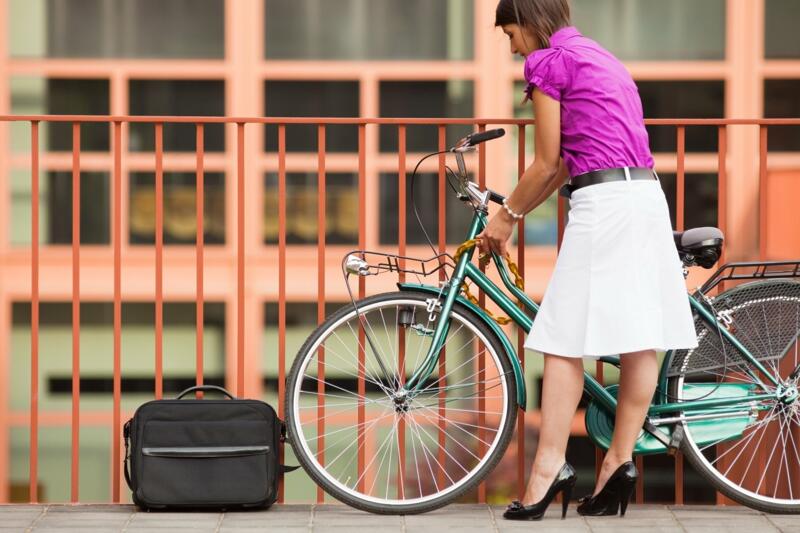6th April 2017
The most common cycle to work scheme FAQs
Aimee Radcliffe

The cycle to work scheme can seem a little complicated at first, but, in reality, it’s actually pretty straightforward. To help provide a clear explanation of how the scheme works, we have some detailed FAQs for both employers and employees on our website. For a quicker overview, though, here are some answers to the most common questions that people ask.
What is the cycle to work scheme?
The cycle to work scheme is a way that employers can provide a tax benefit for their employees. In short, it lets employers buy bikes and cycling equipment and then hire them back to their employees. Usually, employees choose the bike or equipment they want and then pay their employers back over a period of time via a hire agreement, before making one final payment to buy it outright.
How does the cycle to work scheme work?
The cycle to work scheme lets employers recoup up to a maximum of £1,000 from each employee via a hire agreement over an agreed term for any bikes and equipment bought. The cost of the bike or equipment is repaid in either weekly or monthly instalments out of the employee’s gross salary over a period upon which the two agree. This is called a “salary sacrifice.” For a £600 bike, an employee could sacrifice £50 a month for a year, or £25 a month for two years, depending on what they agree with their employer.
What can be bought via the cycle to work scheme?
It’s not just bikes that can be bought under the cycle to work scheme, but cycling safety equipment too. Bikes that are bought don’t necessarily need to have just two wheels. Tricycles or cycles with more than three wheels are covered by the scheme and so too are electric bikes. Safety equipment, meanwhile, covers a broad range of items, including cycle helmets, bells, lights, reflectors, mirrors, mudguards, cycle clothing, cycle clips, panniers, luggage carriers, child safety seats, locks, chains, pumps, puncture repair kits and cycle tool kits, among other things. All Bike2Work Scheme staff are fully trained on HMRC-compliant items and can offer any guidance that you may need.
What are the benefits of the cycle to work scheme?
The most notable benefit of the cycle to work scheme for both employers and employees is financial. The salary sacrifice allows the employee to pay the employer for a bike or equipment using their untaxed gross pay. They only pay tax and National Insurance on the remainder of their salary each month, meaning that, overall, they save money. The employer, meanwhile, doesn’t pay Secondary Class 1 NICs on the part of the employee’s salary that is sacrificed. They’re also able to treat the cost of buying bikes or equipment as capital expenditure, meaning they can claim capital allowances on them.
There are, however, a number of other benefits. For starters, cycling to work can have a host of health benefits for employees and the impact of those extends to employers too, through improved productivity and fewer days lost to staff sickness. In addition, by replacing journeys by car with journeys by bike, the cycle to work scheme encourages a more environmentally friendly means of commuting.
{{cta('74677def-e377-4b2d-b608-b1992deeafe1')}}
Latest Blogs
New Year, New Commute: Why January Is the Best Time to Launch Your Cycle to Work Scheme
January is the season of fresh starts, for individuals and for organisations. Employees return to work with renewed motivation, HR teams roll out new wellbeing initiatives, and businesses set strategic priorities for the year ahead.
The Ultimate Salary Sacrifice Toolkit: What Else Can Your Staff Save On?
You've sorted the bikes, but did you know your staff could be saving money on everything from electric cars to gym memberships through salary sacrifice?